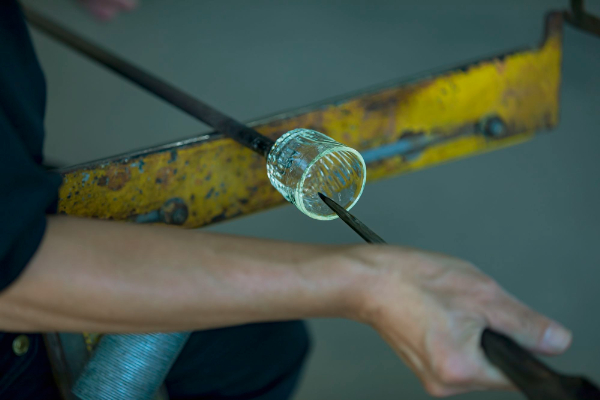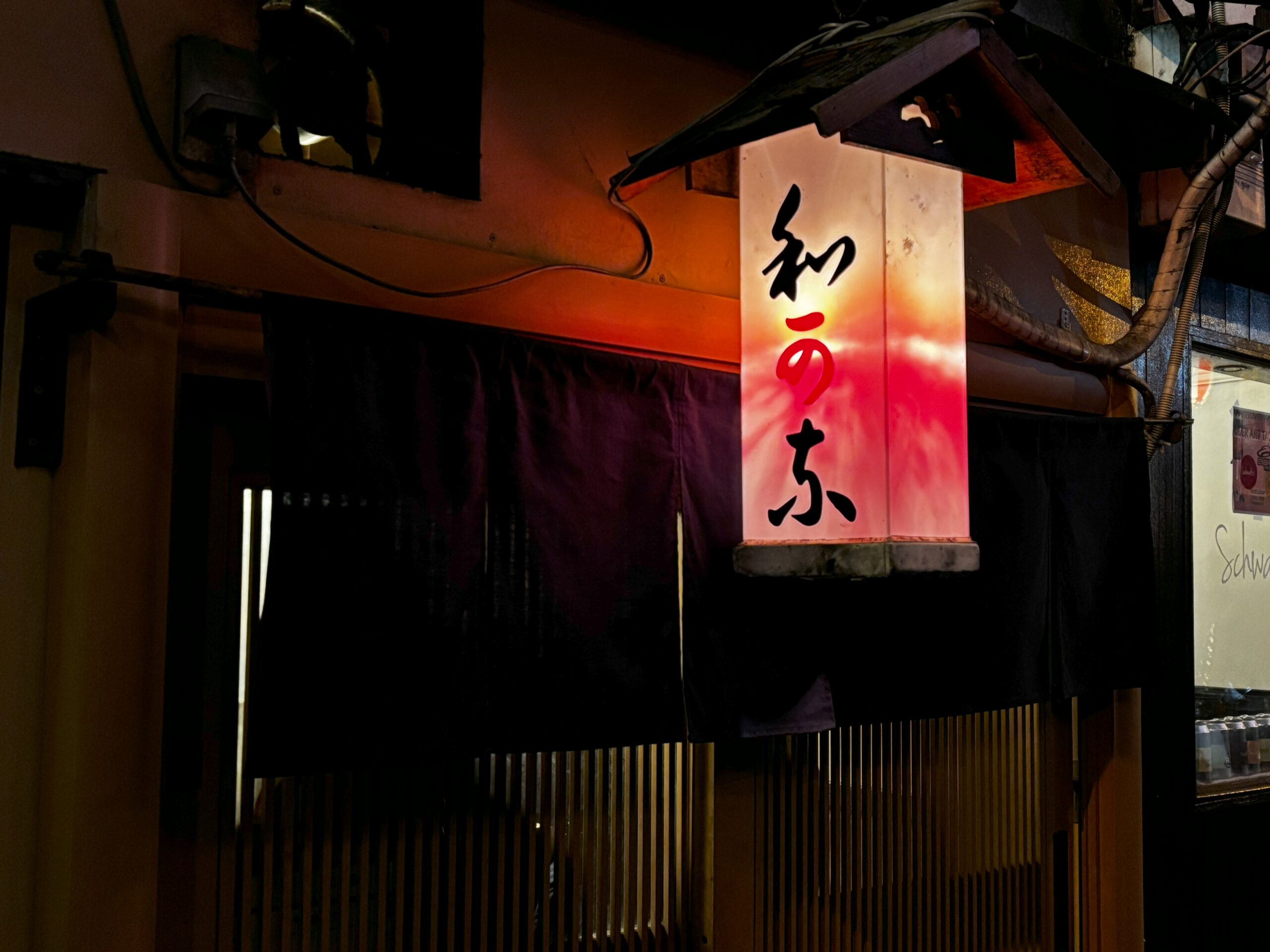Traditional Craft
We will introduce the traditional crafts from the aspect of its background of current status. For your visit to Japan, we recommend visiting a shops selling one of them or workshops where artisans create their works—you will be amazed by their meticulous and delicate handiwork. While many similar products are mass-produced, we take pride in showcasing traditional crafts made by true artisans. The foundation of Japan’s manufacturing culture lies in the handiwork and spirit of the artisan. This spirit has led Japanese people to value satisfaction and pride in their work over mere production efficiency. Before mass production and consumption became prevalent, the passion for craftsmanship and the pursuit of beauty were central to the culture. Although these values are fading in today’s lifestyle, our goal is to share them with our international guests and ensure they are passed on to future generations.





















































